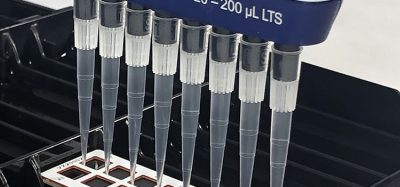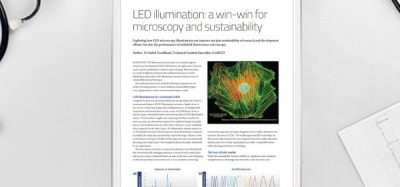US agencies collaborate to address regulation for biotechnology products
Posted: 9 May 2024 | Catherine Eckford (European Pharmaceutical Review) | No comments yet
In formulating the current Coordinated Framework for the Regulation of Biotechnology, the US Food and Drug Administration (FDA), US Environmental Protection Agency (EPA) and the US Department of Agriculture (USDA) utilised horizon scanning for novel biotechnology products.


Regulatory agencies in the US across three sectors: agriculture and environmental, have produced a joint plan to “update, streamline, and clarify” regulations and oversight mechanisms for biotechnology products.
The plan, developed by the US Environmental Protection Agency (EPA), the US Food and Drug Administration (FDA), and the US Department of Agriculture (USDA), helps to address US President Biden’s related goals, including and improving the “transparency, predictability, coordination, and efficiency” of the biotechnology regulatory system, as detailed in the Executive Order 14081, ‘Advancing Biotechnology and Biomanufacturing Innovation for a Sustainable, Safe, and Secure American Bioeconomy’.
This order directed the three agencies to improve their implementation of The Coordinated Framework for the Regulation of Biotechnology, FDA stated.
The Coordinated Framework features timeline and procedures for implementing regulatory reform. For instance, identifying what regulations or guidance needs amendment or the potential need for new such policies or rules.
Biotechnology regulation: response to the Executive Order
Following the issue of a Request for Information (RFI), consulting with the Office of Science and Technology Policy (OSTP), the US FDA, EPA, and USDA received comment from the public (88 in total). A sign-on letter from 6,000 industry members was also obtained. This included organisations such as biotech developers, manufacturers, and academia.
FDA highlighted that the collaborators’ plan also meets another of the President’s goals: ensuring that the public is confident in the biotechnology regulatory system.
According to the FDA, the actions in the plan will focus on five major areas of biotechnology product regulation:
- Modified plants
- Modified animals
- Modified microorganisms
- Human drugs, biologics, and medical devices
- Cross-cutting issues
Together, the agencies propose to:
- clarify and streamline regulatory oversight for genetically engineered plants, animals and microorganisms
- update and expand their information sharing to improve and broaden communication and coordination of oversight of modified microbes
- conduct a pilot project on modified microbes to determine the feasibility and costs of developing a web-based tool that can inform developers about the appropriate agency for regulating a given product category.
Related topics
Big Pharma, Biopharmaceuticals, Data Analysis, Drug Development, Industry Insight, Regulation & Legislation, Research & Development (R&D), Therapeutics








